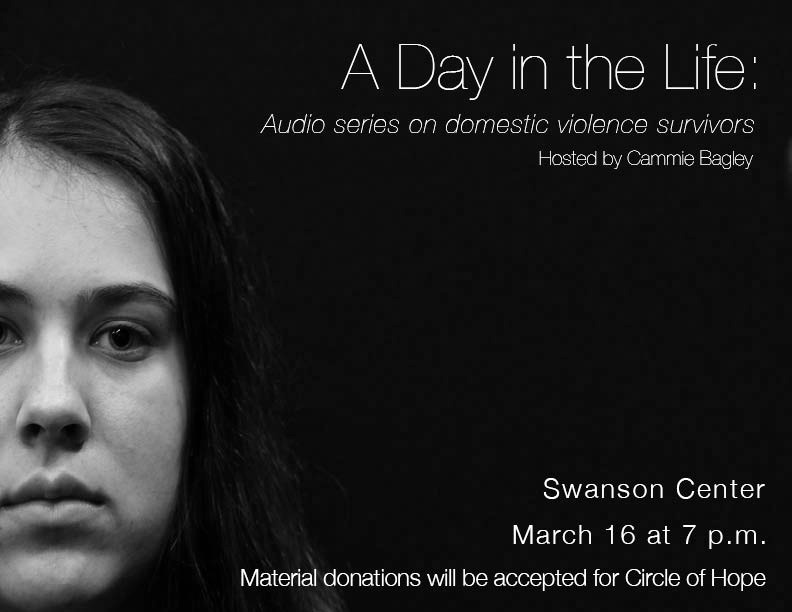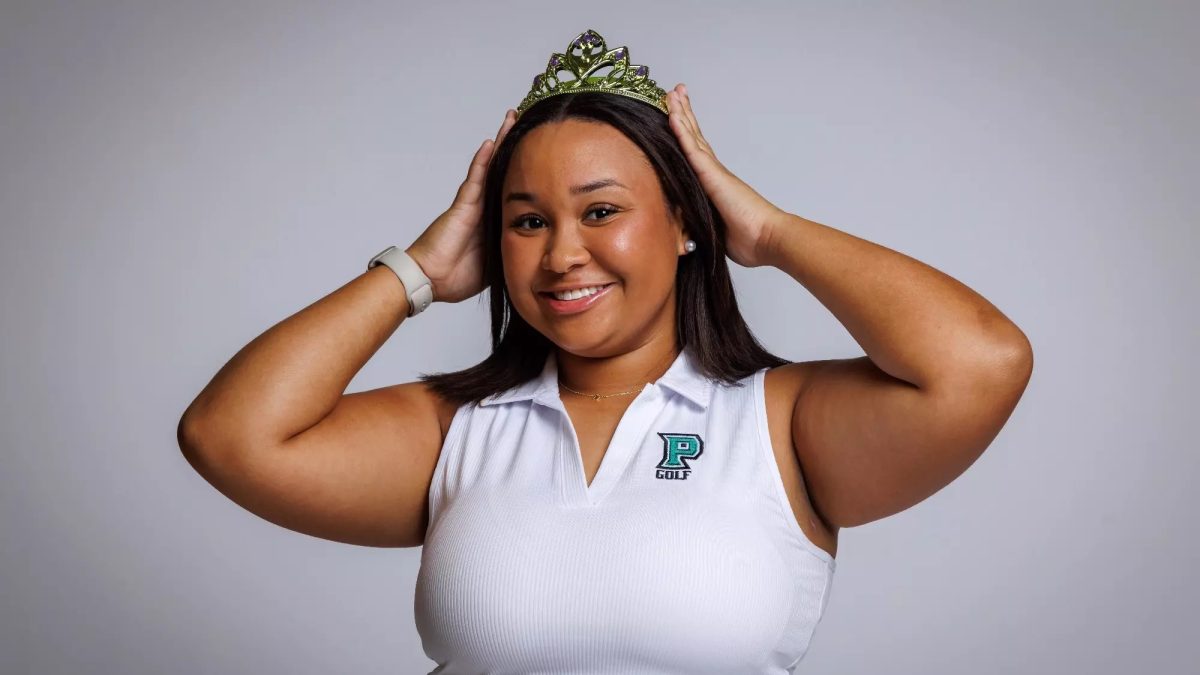CAMMIE BAGLEY Executive Director
“We will not be beaten” was the cry of battered women all over the United States in the 1970s as they fought to bring awareness to the issue of domestic violence for the first time in the nation’s history.
Before this era of advocating for women, domestic violence dated back to the middle ages, according to the Indiana Coalition Against Domestic Violence website. At this time, European men would beat their wives just as they would beat their servants. When the violence was reported, priests advised the battered women to continue to obey and devote themselves to their abusers to avoid more violence.
In the 1500s, an English Lord set a tradition of not recognizing marital rape as he believed that women gave themselves to their husbands in a marital contract and couldn’t get out of it unless there was a divorce. As early settlers began moving to America, they stuck to their English common law that allowed husbands to beat their wives as a means of punishment for wrongdoing.
Finally, in 1871, Alabama and Massachussetts made the beating of one’s wife illegal, however, the laws still weren’t in the women’s favor, according to the Indiana Coalition Against Domestic Violence. One law in North Carolina said, “If no permanent injury has been inflicted, nor malice, cruelty nor dangerous violence shown by the husband, it is better to draw the curtain, shut out the public gaze and leave the parties to forget and forgive.”
In 1920, the 19th Amendment to the Consitution was passed, giving women the right to vote. This was the first major step for women due to feminists who were fighting for their rights. This led to other movements that advocated for women’s rights. The Battered Women’s Movement has its roots in the feminist movement due to the already existing women’s liberation and both the women’s health and anti-rape movements. With these already existing resources, domestic violence victims were able to begin raising awareness about this cultural issue.
Finally, in 1973, the very first advocacy organization opened in St. Paul, Minnesota called The Women’s Shelter, according to advocacy center Samaritan House. As the Battered Women’s Movement began to gain ground, it allowed for women to talk about their experiences and seek help through crisis centers and hotlines.
According to the National Coalition Against Domestic violence, these newfound advocacy centers and groups started organizing the movement to end domestic violence. These organizations were popping up all over the U.S. throughout the 1970s, and in 1975, a conference was held in New York that resulted in the establishment of Abused Women’s Aid in Crisis, a group that provided victims with counseling.
The advocacy movement continued growing and made major strides for domestic violence victims, including the publishing of “Battered Wives,” the first book addressing domestic violence, according to the National Center on Domestic and Sexual Violence. Other major milestones included government funding for advocacy organizations, the establishment of state coalitions against domestic violence, the creation of Domestic Violence Awareness week and the passing of laws preventing domestic abuse.
In 1984, Congress passed The Family Violence Prevention Act, a bill that allowed the Secretary of Health and Human Services to provide the states with grants that could help establish, support and expand organizations and projects that provided resources and assistance to victims. As the funding for these programs continued growing through the 1990s, a broader spectrum of assistance was made available.
The types of services that could be offered included things such as welfare assistance, housing for victims and legal assistance, which reflects the offerings of most modern advocacy centers, according to the Samaritan House website.
For information about a local advocacy center, visit gacircleofhope.org.








